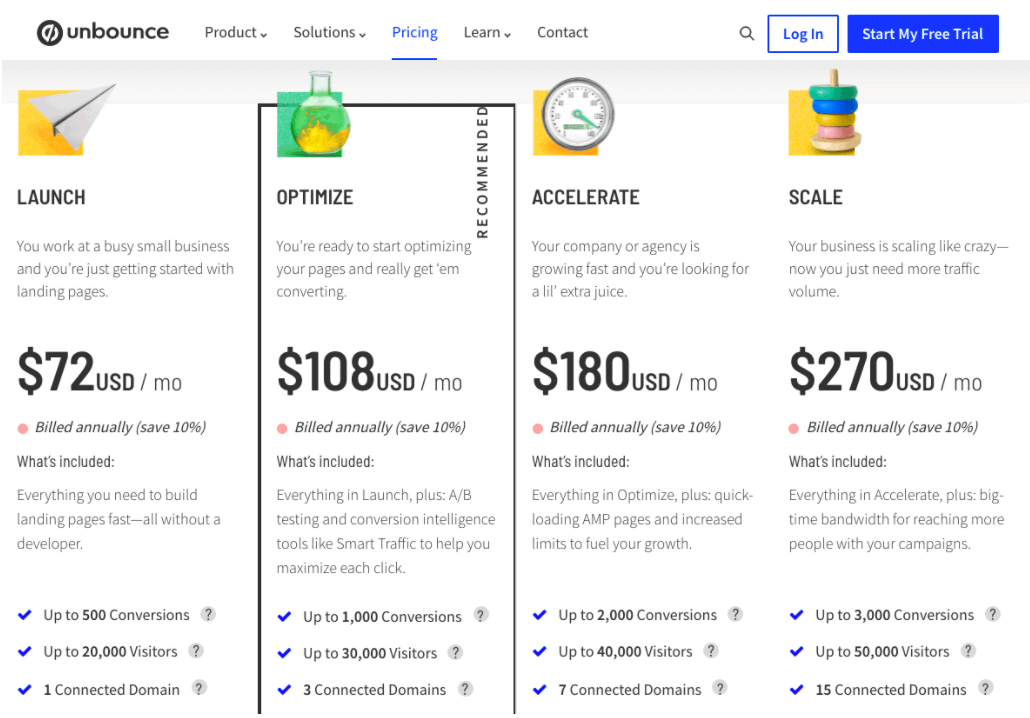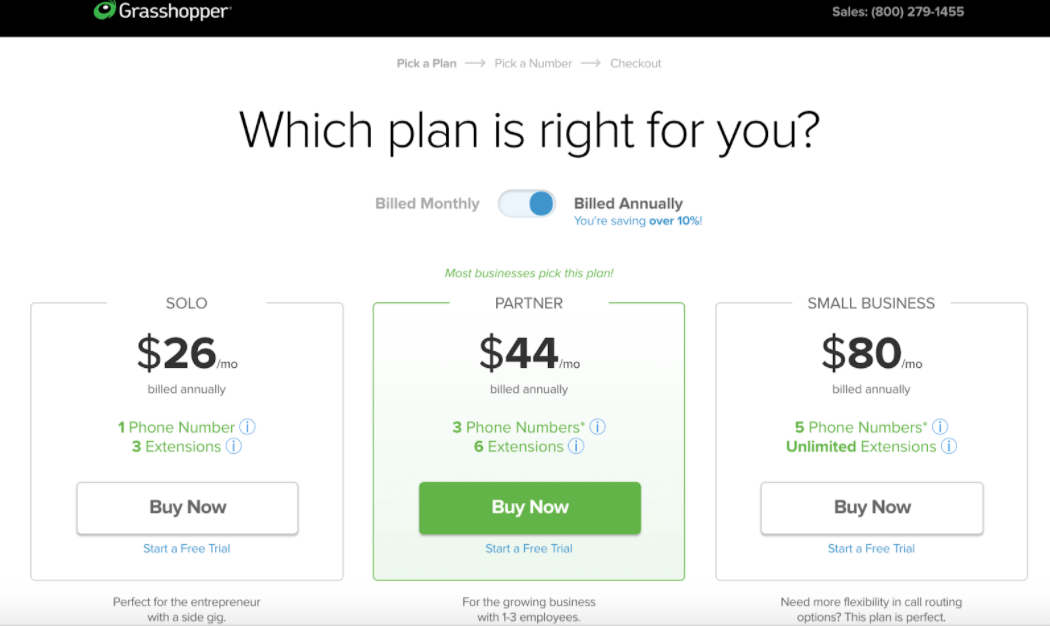Are You Experimenting With Pricing While Chasing Product-Market Fit?
When chasing product-market fit, teams often iterate on product features, tweak their positioning, and sometimes even completely pivot their product and value proposition. However, a frightening number of teams use a “set it and forget it” approach to pricing and don’t explore it as much as they should. Also, pricing is often the last thing teams address, instead of thinking about it from the outset.
Since customers are viewing the product in the context of its pricing, often doing it implicitly or subconsciously, not paying early and close attention to pricing puts teams at risk of getting the wrong feedback signals. What can teams do to avoid this? Well, just as they run deliberate experiments around product features and positioning, they can run thoughtful experiments around pricing.
Do some research with conjoint analysis
Pricing research is often tricky. Without real money at stake, people can make unreliable buying decisions. Asking direct questions around what features customers most value usually does not help you gauge their willingness to pay, as buying decisions are holistic value-based choices that involve sub-conscious trade-offs.
Conjoint analysis is a statistical research technique that simulates these real-world trade-offs. Customers are typically presented with 3-5 product packages, each with a different feature mix including price. They are asked to pick just one option. This process is repeated several times by presenting a new set of alternatives, each with a new feature mix (including price). With enough responses, the technique determines the value customers attribute to various product features.
So, how can conjoint analysis help you? Below are two examples.
Example 1: Early-stage trade-offs
Product development is a game of trade-offs This is especially true for hardware products, where the laws of physics may simply not allow certain features to co-exist. In such scenarios, doing a conjoint analysis at the outset can help you determine the trade-off that is most desirable to customers and give insights into the features you should prioritize. If you are building a product with a unique trade-off targeted at a niche audience, this sort of testing can also help you validate your ideal customer profile. Also, it gives you a strong understanding of your differentiation, and the value you can attach to it. Finally, this analysis assists with pricing and gives you your cost-of-goods constraints early in the development process.
Example 2: Messaging around pricing
Conjoint analysis can help you develop the right message around your pricing structure. Say you take a cost-plus pricing approach to your SaaS platform based on costs and your gross margin aspirations. While you may not have much flexibility in the overall pricing, you might have some flexibility in explaining the platform fees i.e. how much you charge for the platform’s components. You can do a conjoint analysis to understand the value customers are attributing to the various components of your platform, especially the most differentiated ones. Then, use that to figure out the optimal split or distribution of your platform fees to message it in a way that will increase customer willingness to pay.
Switch to a value-based pricing model
For a product to be successful, it is important to make its customers successful. This idea is at the core of value-based pricing, which prices products based on the value they provide to the customer. The hardest part here is finding the value metric that most effectively encompasses both your success and that of your customers. Otherwise, either your customers end up dissatisfied, or your value metric leads to unfavorable unit economics. Successfully switching to value-based pricing is hard. It requires in-depth research and understanding of value drivers and unit economics.
While many SaaS products take the value-based pricing approach, those that focus on outcomes are especially interesting. As an example, Unbounce, a Canadian company that offers a landing page building platform, recently switched to a value-based pricing model. They recognize that when it comes to landing pages, what digital marketers care most about is the number of conversions.

Experiment with the pricing options you offer
Offering your customers some pricing options gives them control and increases the likelihood of conversion. However, if you present too many options, the choice overload can dissuade them from making a decision. So, experiment with the pricing options you offer and how you message them. If you have a pricing page, test various factors. These might include the number of options offered, messaging for each, the price for each, the order in which the options are presented, location of your most profitable option, etc.
Below are some popular techniques used on pricing pages. However, nothing beats running your own experiments and collecting data to make informed decisions.
Pricing options targeted at various customer segments or personas
Not every customer has the same needs. Hence, they have differing levels of willingness to pay. To increase your addressable market size, segment your desired market. Then, create a product package for each segment, with separate pricing for each. An example of this is Adobe, whose creative cloud services are used by individuals, businesses, and academic institutions. Therefore, their pricing page reflects these different options.
Highlighting one pricing option as the default
A suggested default option can provide a frictionless user experience. What you call your default option should flow directly from your understanding of your customer segments and personas. Labeling the default option as the “most popular” provides people with the social validation they often look for. On the other hand, labeling it as “best value” gives them confidence that they are getting a good deal for their money. Grasshopper, a VOIP service provider, uses an emotive term for its most popular plan calling it “Partner.” Given that their ideal customer profile likely consists of owners of micro-enterprises looking to grow their business into small enterprises, I think this term works well.

Offer a free trial (or early adopter discount)
People love the idea of “free.”; The word evokes positive feelings and thereby induces interest in the product on offer. With so many free offers thrown at us every day, we might believe that this does not affect us. But think about two identical deals messaged differently: “Buy one get one free” and “Get half price if you buy two.” Which one are you more drawn to? So, yeah, free trials work. Here are a few other things to consider when offering a free trial:
- Duration of the free trial or early adopter discount. This depends on what your margins allow and the time period necessary for the user to find value.
- Nurture tactics to ensure conversion to a paid plan. Putting a free trial in place without a robust plan to drive them towards paid adoption is typically useless unless you are confident that your product will do the trick. You need other tactics to ensure the customer finds their way to the most valuable aspects of your product. If you have the luxury of a customer success team, leverage them fully here. But if not, other tactics can include things like in-product messaging and drip email campaigns or account-based marketing that covers use-cases, training videos, blog posts, webinars, and customer success stories.
- Win-loss interviews. Don’t forget to conduct win-loss interviews with people who adopted the paid plan and those who didn’t!
You may have a great product that addresses customer pain points. However, the wrong pricing model can keep you from product-market fit. Don’t let that happen! After all, price is an important feature that deserves attention and experimentation.

